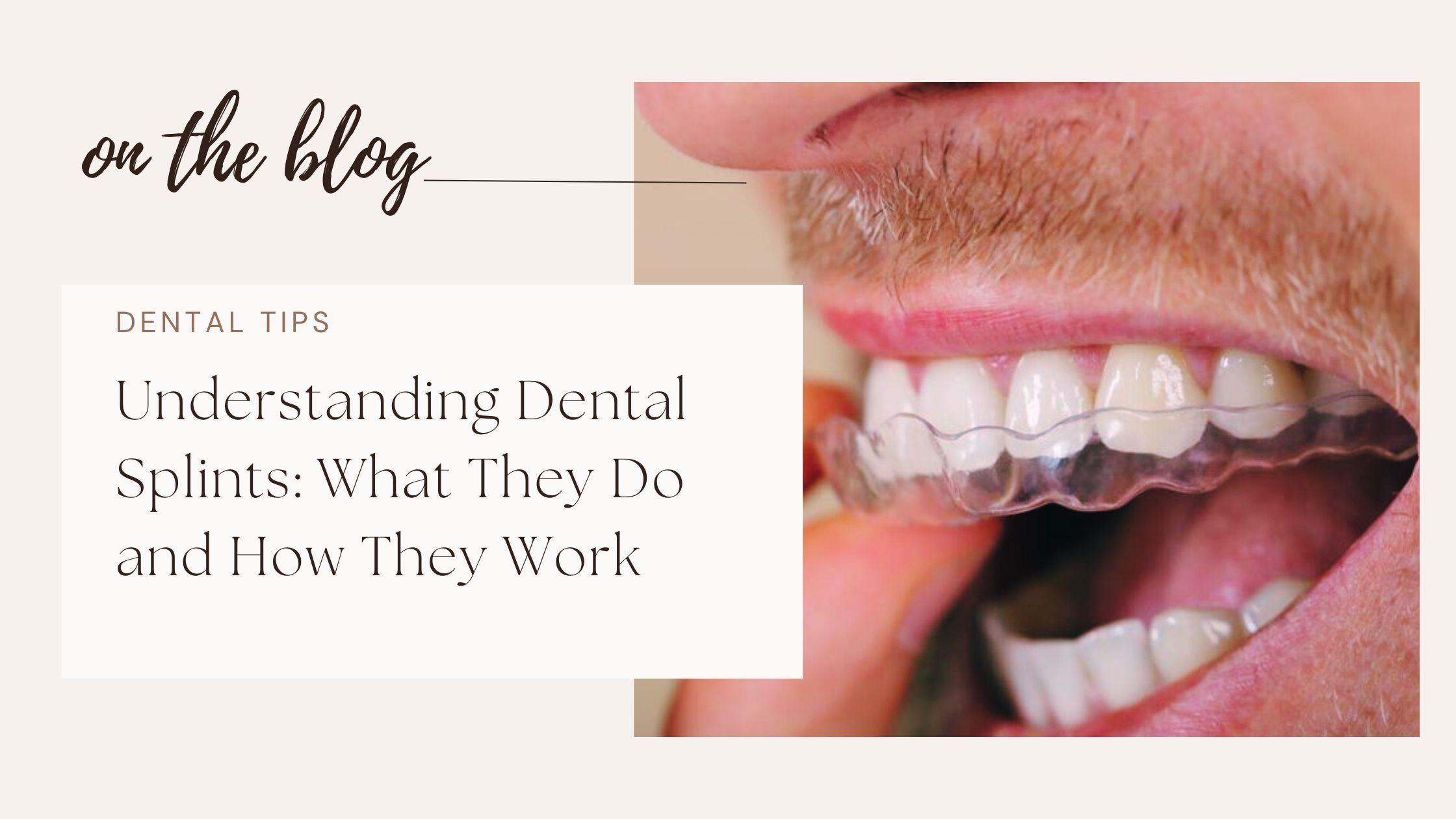
Dental splints are custom-fitted oral appliances used to address several dental issues caused by bruxism (teeth grinding), temporomandibular joint disorders (TMD), etc.
Dental splints protect teeth and their supporting structures by distributing excessive loads resulting from trauma, sports-related injuries, and parafunctional habits like clenching and grinding of teeth. Additionally, they aid in the management of jaw and temporomandibular joint (TMJ) pains.
They are often referred to as occlusal splints, bite splints, and night guards.
Dental splints are usually recommended in several conditions and treatments. These include:
When one experiences discomfort or pain in the jaw, head, or face, or notices sudden teeth sensitivity or tooth mobility, it is important to get a dental checkup. An oral health practitioner is equipped with skills and training to deliver optimal care and fabricate a dental splint if required.
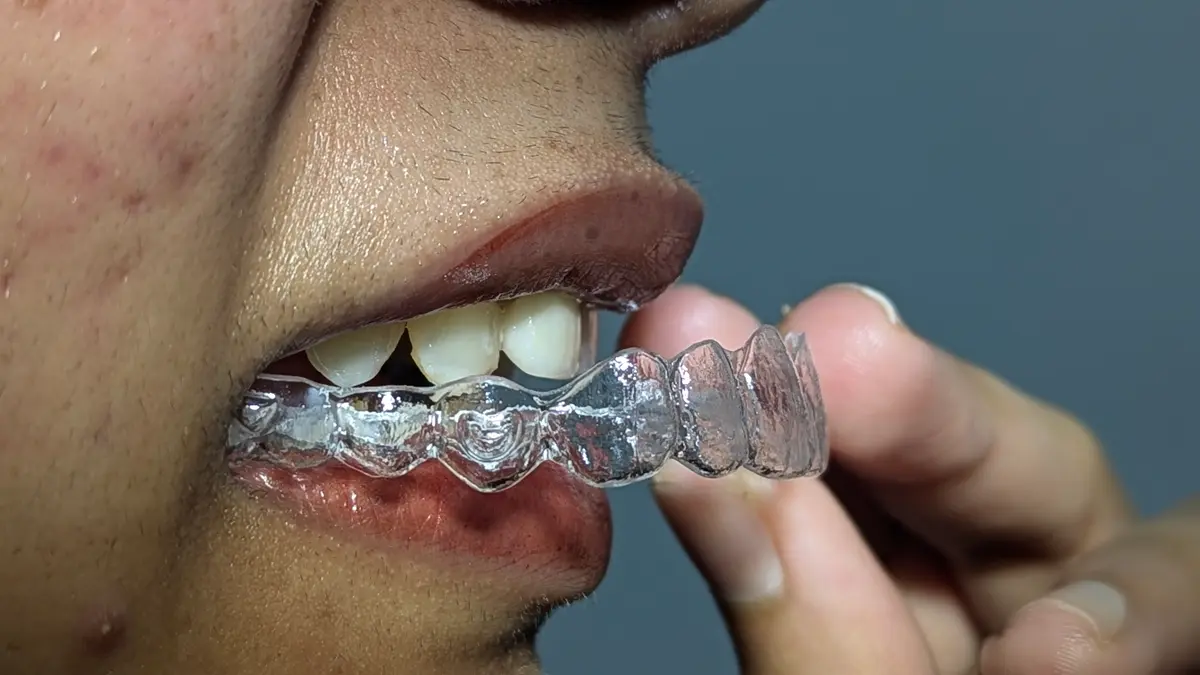
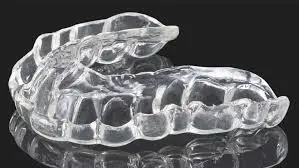
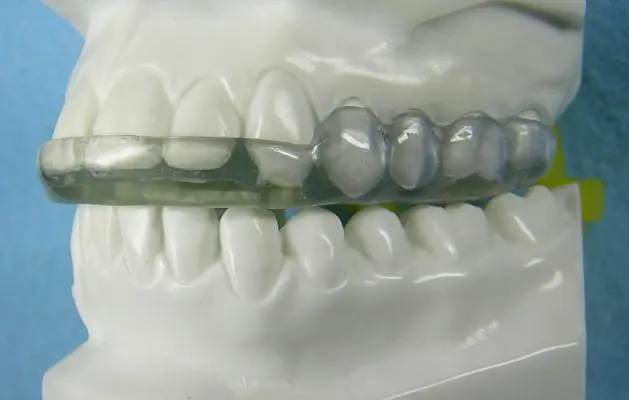
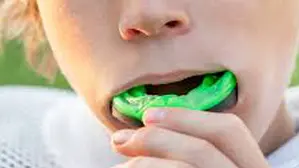
Dental splints offer multiple advantages, from pain relief to protecting teeth from excessive grinding and wear. They not only improve oral health but also contribute to better sleep and overall well-being. Here are some key benefits of using a dental splint:
Dental splints help in redistributing forces exerted on the jaw and jaw muscles. This provides relief from jaw pain, headaches, and earache, reducing the discomfort.
Protection of the teeth - Due to grinding, teeth are subjected to constant wear and tear, which causes enamel to wear off. Dental splints act as a protective barrier between the teeth of the upper and lower jaws.
Improvement of sleep quality - By reducing teeth grinding, dental splints help to provide restful and undisturbed sleep. They also help in managing snoring. Splints may also be helpful with mild forms of sleep apnea as they help in keeping the airways open.
Because of their removable nature, dental splints can be cleaned regularly and stored properly, which makes them convenient to use.
The fabrication of a dental splint is a customized process that ensures a perfect fit for maximum comfort and effectiveness. From initial consultation to final adjustments, each step is carefully performed by a dental professional. Here’s how a dental splint is made:
The dentist determines if the patient requires a dental splint after a careful evaluation of the patient’s dental health.
An impression of the patient’s teeth is made with a soft impression material. This helps to create a model of patients teeth onto which dental splints will be fabricated.
The patient’s model is used to fabricate the splint using materials like acrylic, metal, or composite resins, depending upon the type of splint required.
Dental splint fitting is checked by the dentist to determine the ease of use and comfort of the appliance for the patient.
Follow-up appointment - These are required for periodic adjustments and to ensure the splint is fitting correctly.
Proper care of your dental splint is essential for maintaining its durability, hygiene, and effectiveness. Regular cleaning and correct storage can prevent damage and ensure long-term comfort. Follow these simple care tips:
The splints should be washed both on the inside and outside with cold water using a soft-bristled toothbrush and mild soap or a denture cleaner after every use. Care should be taken to avoid lodging any food particles or debris.
Avoid using hot water, as this can cause the dental splint to lose its shape.When not in use, the dental splint should be stored in a clean and dry container. It should not be in contact with heat, like sunlight or any other heat sources.
Routine follow-ups are necessary as they help the dentist to determine if the dental splint needs to be replaced based on the usage and its condition.
A dental splint usually lasts anywhere between 1-3 years. However, it also depends on the usage, type of splint, and purpose of usage of the splint.
No, dental splints are required to be removed during meals and reworn after meals.
Initially, the dental splint may exert some pressure but generally does not cause pain. If you experience pain, you should visit your dentist to ensure its correct fit or if periodic adjustments are required.
Looking for a dental splint? Visit Dhriti Dental, the leading dental clinic in Hyderabad, for a personalized check-up and expert care!